
Find Help
More Items From Ergsy search
-

What is motor neurone disease?
Relevance: 100%
-
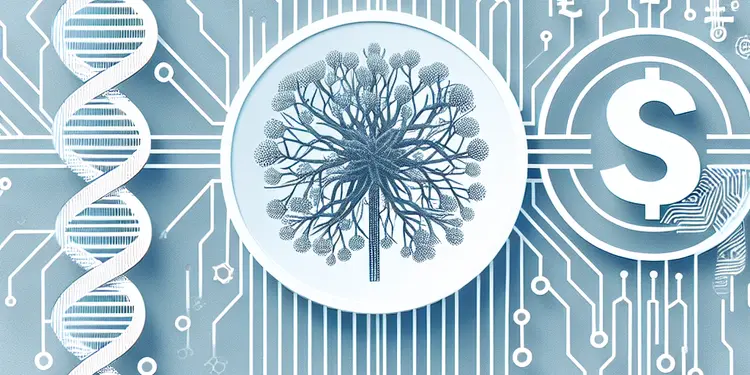
Is motor neurone disease hereditary?
Relevance: 99%
-

What causes motor neurone disease?
Relevance: 98%
-

Are there different types of motor neurone disease?
Relevance: 98%
-

Is there a cure for motor neurone disease?
Relevance: 95%
-
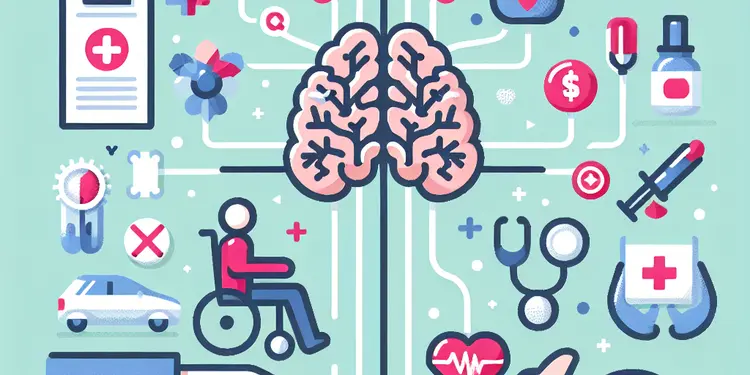
What are the primary symptoms of motor neurone disease?
Relevance: 91%
-

How is motor neurone disease diagnosed?
Relevance: 87%
-
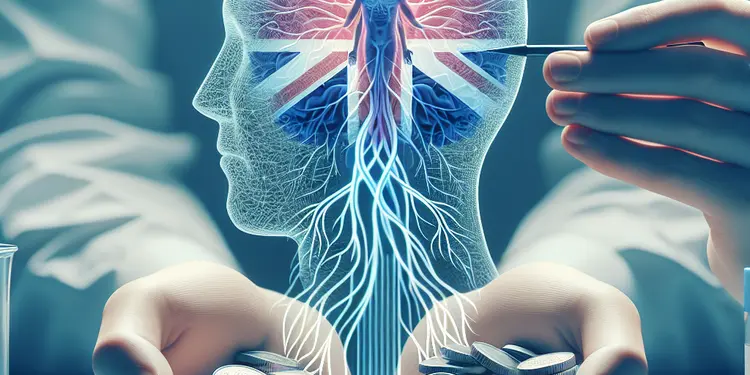
What treatments are available for motor neurone disease?
Relevance: 87%
-

What role do genetics play in motor neurone disease?
Relevance: 87%
-
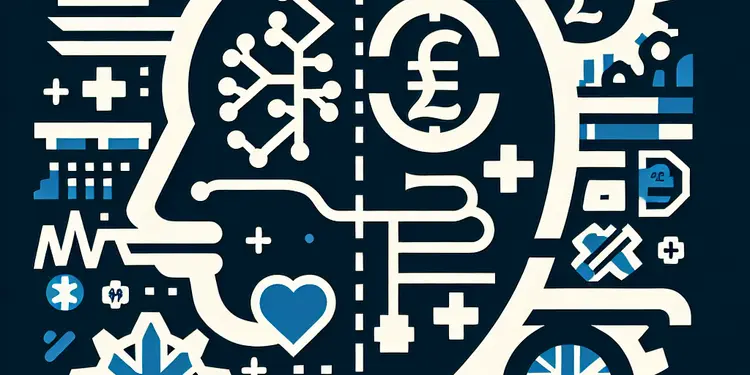
How is breathing affected by motor neurone disease?
Relevance: 87%
-
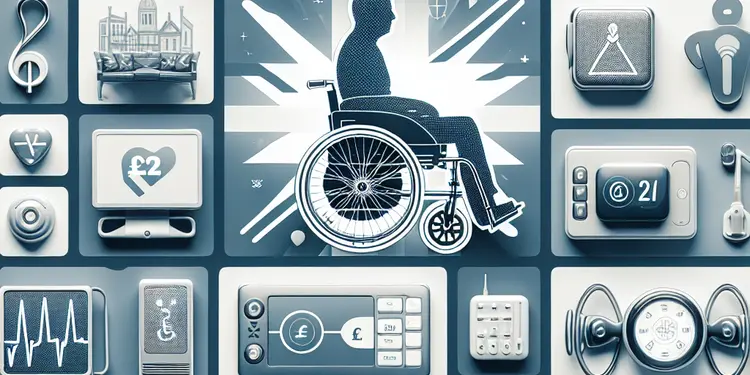
What assistive devices can help people with motor neurone disease?
Relevance: 86%
-

Motor neurone disease Julie's story | NHS
Relevance: 83%
-
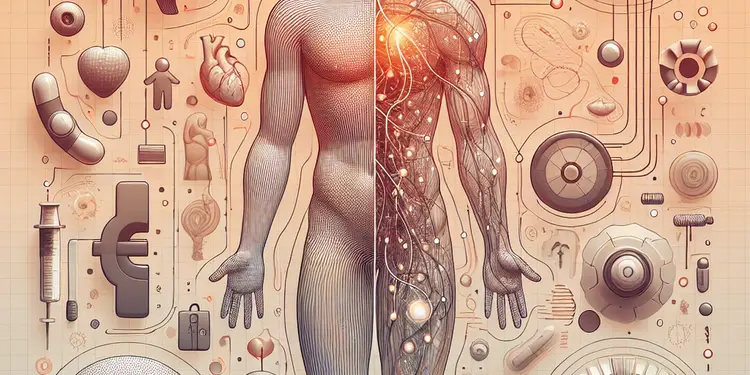
How does motor neurone disease affect the body?
Relevance: 81%
-
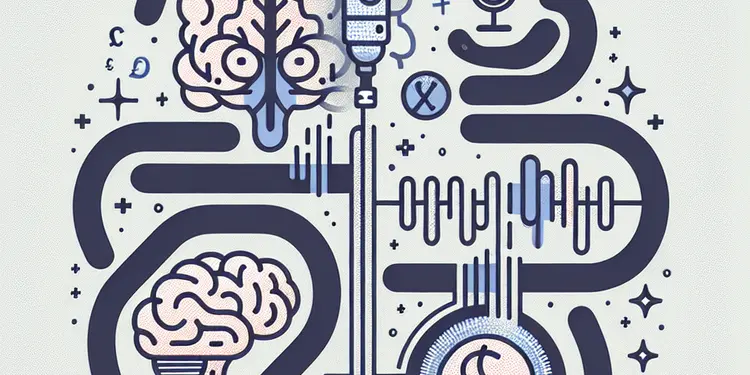
How does motor neurone disease affect speech?
Relevance: 80%
-
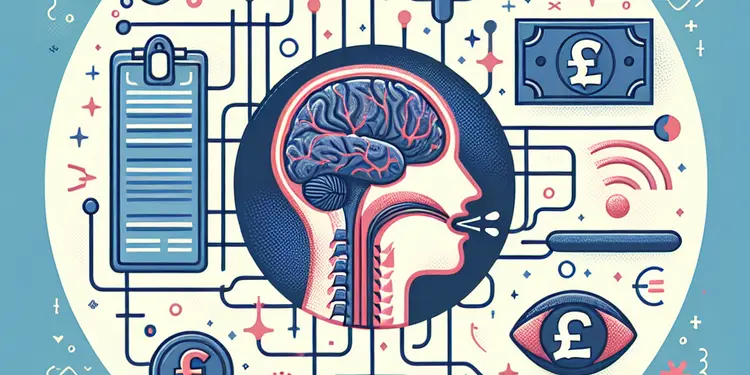
How does motor neurone disease impact swallowing?
Relevance: 78%
-

Can lifestyle changes impact motor neurone disease progression?
Relevance: 76%
-

Voice banking service helps people live with motor neurone disease
Relevance: 75%
-

What is the life expectancy after a motor neurone disease diagnosis?
Relevance: 75%
-

How can caregivers support someone with motor neurone disease?
Relevance: 71%
-

What research is being done on motor neurone disease?
Relevance: 66%
-

Are there support groups for individuals with motor neurone disease?
Relevance: 65%
-

Who is at risk for motor neurone disease?
Relevance: 64%
-

How does Huntington's disease affect movement?
Relevance: 41%
-
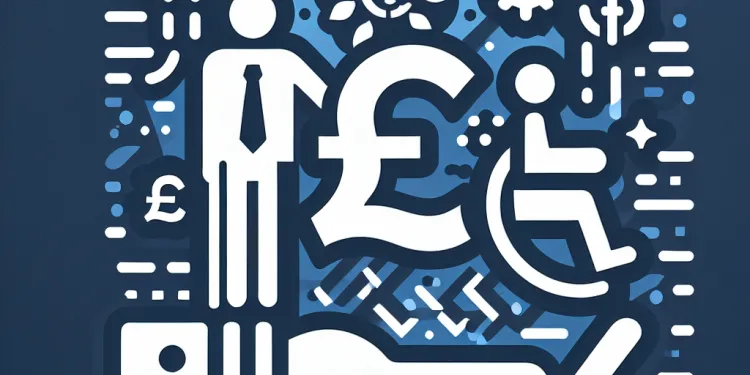
What is Parkinson's disease?
Relevance: 37%
-

What causes Huntington's disease?
Relevance: 36%
-

What research is being done on Huntington's disease?
Relevance: 33%
-
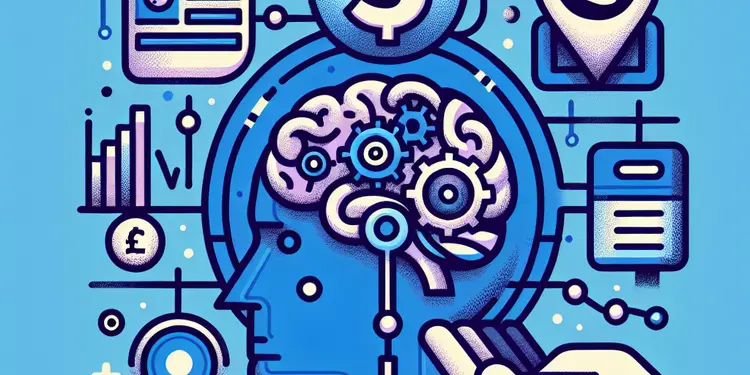
What are the symptoms of Huntington's disease?
Relevance: 33%
-
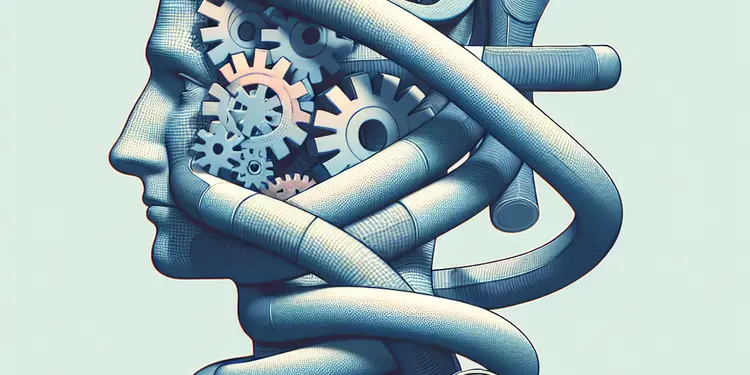
Is Huntington's disease fatal?
Relevance: 33%
-

What causes Alzheimer's disease?
Relevance: 30%
-

What is Huntington's disease?
Relevance: 28%
-
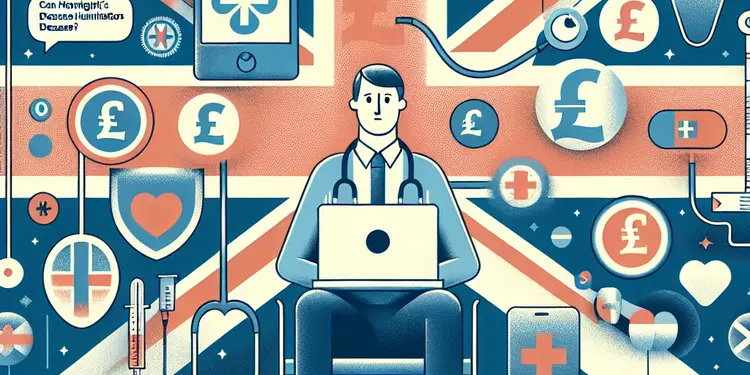
Can Huntington's disease be prevented?
Relevance: 27%
-

Can Huntington's disease be cured?
Relevance: 27%
-

How is Huntington's disease diagnosed?
Relevance: 26%
-
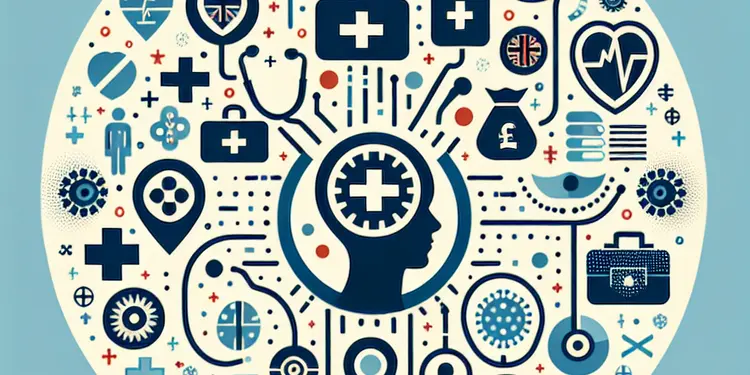
What kinds of specialists are involved in treating Huntington's disease?
Relevance: 26%
-

Parkinson’s Disease and NHS RightCare: Long Term Condition Scenario
Relevance: 25%
-
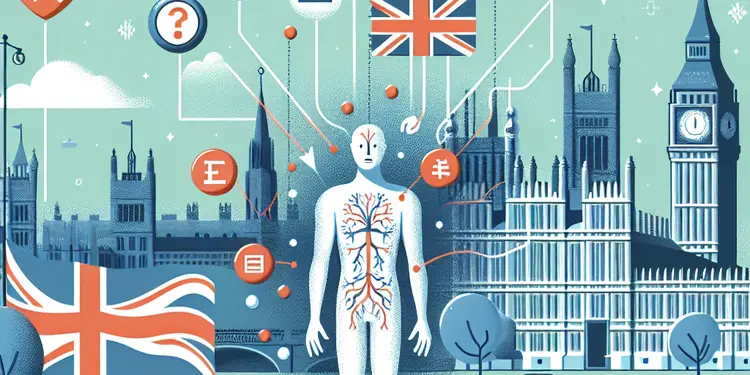
How does Huntington's disease affect emotions?
Relevance: 25%
-
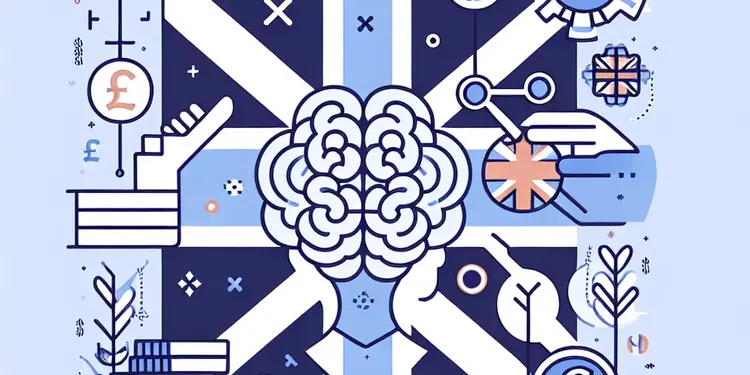
How does Huntington's disease affect cognition?
Relevance: 24%
-
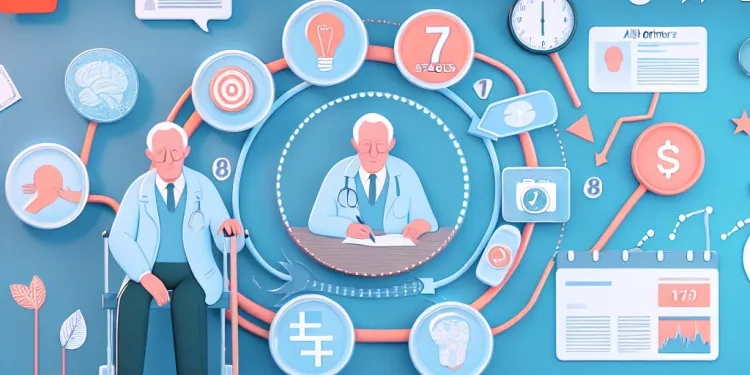
What are the stages of Alzheimer's disease?
Relevance: 23%
-
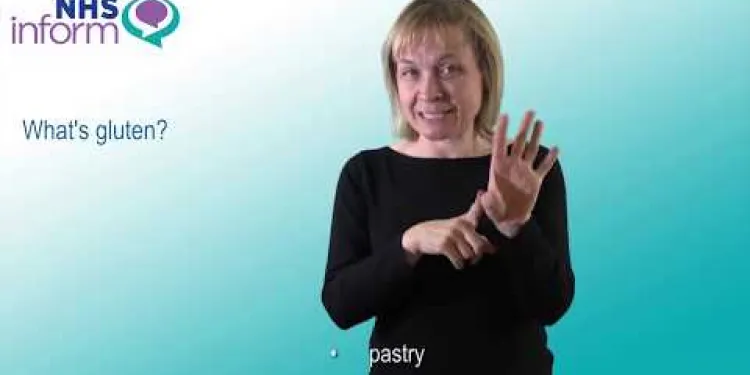
Coeliac disease
Relevance: 23%
-

Coeliac Disease: Session 1: What is Coeliac Disease?
Relevance: 23%
Introduction to Motor Neurone Disease
Motor neurone disease (MND) is a rare neurological condition that primarily affects the brain and spinal cord. It leads to a progressive degeneration of the motor neurones, which are essential for sending signals from the brain to the muscles. This deterioration results in muscle weakness, leading to an eventual loss of mobility and difficulty with speech, breathing, and swallowing. MND is a life-shortening condition, although the progression varies significantly among individuals.
Types of Motor Neurone Disease
There are several types of MND, each with distinct characteristics. Amyotrophic lateral sclerosis (ALS) is the most common form and typically involves both upper and lower motor neurones, leading to muscle weakness and stiffness. Progressive bulbar palsy (PBP) affects the muscles used for speaking, chewing, and swallowing. Progressive muscular atrophy (PMA) involves primarily lower motor neurones, causing muscle weakness and atrophy. Primary lateral sclerosis (PLS) predominantly affects upper motor neurones, leading to weakness and spasticity.
Causes and Risk Factors
The exact cause of MND remains largely unknown, but a combination of genetic and environmental factors is believed to be involved. Around 5-10% of cases are familial, meaning they are inherited through genes. For the rest, the condition appears sporadic, with no known family history. Some research suggests that exposure to certain toxins or viruses might contribute, but clear evidence is lacking. Age, gender, and genetics are considered notable risk factors, with MND more commonly diagnosed in individuals over the age of 50 and slightly more in men than women.
Symptoms and Diagnosis
Symptoms of MND can be varied, but early signs often include subtle muscle weakness, slurred speech, or difficulty performing everyday tasks. As the disease progresses, affected individuals may experience muscle cramps, twitching, and ultimately paralysis. Diagnosis is primarily clinical, based on symptom assessment, patient history, and ruling out other conditions. Tests such as electromyography (EMG), nerve conduction studies, and MRI scans are used to support diagnosis.
Treatment and Management
Currently, there is no cure for MND, but various treatments aim to manage symptoms and improve quality of life. Medications such as Riluzole may slow disease progression to some extent. Multidisciplinary care teams, including neurologists, physiotherapists, speech and language therapists, and occupational therapists, play a crucial role in providing comprehensive care. Assistive devices, nutritional support, and breathing aids are often necessary to address specific symptoms.
Conclusion
Motor neurone disease is a complex and challenging condition that significantly impacts the lives of those affected. Advances in research continue to offer hope for better treatments and, eventually, a cure. In the UK, organisations such as the Motor Neurone Disease Association provide valuable resources and support for patients and their families. Awareness and understanding of MND are vital to fostering a supportive community for those living with this condition.
Introduction to Motor Neurone Disease
Motor neurone disease (MND) is a very serious illness. It affects the brain and the spine. It makes muscles weak because the brain can't send messages to them properly. This makes it hard to move, talk, breathe, and eat. People with MND may live shorter lives. The disease can get worse quickly, but everyone is different.
Types of Motor Neurone Disease
There are different types of MND. Here are some of them: - Amyotrophic lateral sclerosis (ALS): This is the most common. It makes muscles weak and stiff. - Progressive bulbar palsy (PBP): This affects talking, chewing, and swallowing. - Progressive muscular atrophy (PMA): This makes muscles weak. - Primary lateral sclerosis (PLS): This makes muscles weak and tight.
Causes and Risk Factors
We don't know exactly why people get MND. It might be because of genes and the world around us. About 5-10% of people with MND got it from their family. For others, the cause is unknown. Some studies think that poisons or viruses could play a part, but we are not sure. People over 50 and men have a higher risk of getting MND.
Symptoms and Diagnosis
MND can start in different ways. Early signs might be weak muscles, trouble talking, or trouble doing simple things. As MND gets worse, muscles may cramp or twitch, and people may not be able to move at all. To find out if someone has MND, doctors look at their symptoms and medical history. They may do tests like electromyography (EMG), nerve tests, and MRI scans.
Treatment and Management
There is no cure for MND yet. But there are ways to help with symptoms. Medicines like Riluzole might slow the disease a little. A team of doctors, therapists, and specialists can help take care of different needs. Tools to help with moving, eating, and breathing can also help.
Conclusion
Motor neurone disease is a tough illness. It changes the lives of people who have it. Research helps find better ways to treat it, and maybe one day, a cure. In the UK, the Motor Neurone Disease Association supports people with MND and their families. Knowing about MND can help people understand and support those who live with it.
Frequently Asked Questions
What is motor neurone disease?
Motor neurone disease (MND) is a group of neurodegenerative disorders that affect the motor neurons, which are the nerve cells that control voluntary muscle activity.
What are the primary symptoms of motor neurone disease?
Primary symptoms include muscle weakness, twitching, and stiffness, progressing to difficulty in speaking, swallowing, and breathing.
Is there a cure for motor neurone disease?
Currently, there is no cure for motor neurone disease, but treatments and therapies can help manage symptoms and improve quality of life.
How is motor neurone disease diagnosed?
Diagnosis usually involves a combination of clinical examination, electromyography (EMG), nerve conduction studies, MRI, and blood tests.
What causes motor neurone disease?
The exact cause is unknown, but it may involve genetic and environmental factors. Some cases are familial, but most are sporadic.
Who is at risk for motor neurone disease?
MND can affect anyone, but it is more common in people over 40 and slightly more prevalent in men.
What is the life expectancy after a motor neurone disease diagnosis?
Life expectancy varies, but many individuals live 3 to 5 years after diagnosis. Some may live longer depending on the form of MND and individual factors.
How does motor neurone disease affect the body?
MND affects the motor neurons, leading to muscle weakness and atrophy across the body, impacting many voluntary movements.
Are there different types of motor neurone disease?
Yes, the main types are Amyotrophic Lateral Sclerosis (ALS), Progressive Bulbar Palsy (PBP), Progressive Muscular Atrophy (PMA), and Primary Lateral Sclerosis (PLS).
What treatments are available for motor neurone disease?
Treatments focus on symptom management and may include medications, physical therapy, respiratory care, and speech therapy.
Can lifestyle changes impact motor neurone disease progression?
While lifestyle changes can't stop progression, maintaining a balanced diet, regular exercise, and proper respiratory care can improve quality of life.
Is motor neurone disease hereditary?
Some forms of motor neurone disease are hereditary, known as familial MND, but most cases are sporadic with no known family history.
How does motor neurone disease affect speech?
MND can weaken the muscles involved in speech, leading to slurred or slow speech, and eventually, difficulty speaking.
What role do genetics play in motor neurone disease?
Genetics plays a role in about 5-10% of cases. Mutations in specific genes, such as C9orf72, SOD1, TARDBP, and FUS, are linked to familial MND.
How is breathing affected by motor neurone disease?
As MND progresses, the respiratory muscles may weaken, leading to breathing difficulties and requiring interventions such as ventilatory support.
What assistive devices can help people with motor neurone disease?
Assistive devices may include mobility aids, communication devices, and adaptive equipment for daily activities to help maintain independence.
How does motor neurone disease impact swallowing?
MND can lead to dysphagia, or difficulty swallowing, due to the weakening of muscles involved in the swallowing process.
Are there support groups for individuals with motor neurone disease?
Yes, many organizations and support groups provide resources, information, and community support for individuals and their families.
What research is being done on motor neurone disease?
Research is ongoing to better understand the causes and mechanisms of MND and to develop potential treatments, including gene therapy and stem cell research.
How can caregivers support someone with motor neurone disease?
Caregivers can provide physical and emotional support, coordinate healthcare needs, and assist with daily activities and communication as the disease progresses.
What is motor neurone disease?
Motor neurone disease is an illness that affects the nerves in your body. These nerves help your muscles move. When they don't work, muscles get weak and it's hard to move.
Here are some things that might help:
- Use pictures or drawings to understand better.
- Ask someone to read this with you and talk about it together.
- Use simple words to explain what you read.
Motor neurone disease (MND) is a group of diseases that harm nerve cells. These nerve cells control the muscles that help us move when we want to.
What are the main signs of motor neurone disease?
Motor neurone disease affects the nerves in the body that help muscles move. Here are the signs to look out for:
- Muscles feel weak – You might notice your arms or legs are not as strong as they used to be.
- Hard to grip things – Holding on to objects might be tricky.
- Muscles twitch – You may see little movements under your skin.
- Trouble speaking – It can be hard to talk clearly.
- Breathing problems – It could feel difficult to breathe.
If you notice these signs, it's important to talk to a doctor.
Here are some tools that might help:
- Speech devices – If it’s hard to talk, a machine can help you communicate.
- Breathing support – Machines can help you breathe easier.
- Physical therapy – Exercises can help keep your muscles strong.
Main signs of the illness are weak muscles, shaking muscles, and stiff muscles. It gets worse and can make it hard to talk, swallow food, or breathe.
If things are hard to understand, you can:
- Ask someone to explain it to you.
- Use tools that read text out loud.
- Look at pictures to help understand the words.
Can motor neurone disease be fixed?
Motor neurone disease (MND) is a condition that affects the nerves in the brain and spine. It makes it hard to move, eat, and breathe.
There is no cure right now to make MND go away. But doctors and nurses can help people feel better with medicine and special care.
If you or someone you know has MND, it can help to talk to a doctor. They can offer advice and support.
Right now, we can't completely fix motor neurone disease. But there are treatments and therapies that can help make the symptoms better and help people feel more comfortable.
How do doctors find out if someone has motor neurone disease?
Doctors use different tests to find out what's wrong. They look at you, use machines to check how your muscles and nerves work, take pictures inside your body, and look at your blood.
What makes motor neurone disease happen?
Motor neurone disease (MND) affects the nerves in the body. These nerves help us move, speak, and breathe.
No one knows exactly why people get MND. Sometimes, it can run in families, which means it might be passed down from parents.
Scientists are trying to learn more about MND. They want to find out why it happens and how to stop it.
If you or someone you know has MND, it is important to see a doctor. They can help with medicine and information about the disease.
Using tools like pictures or videos can also help understand MND better.
We do not know exactly why this happens. It might be because of genes or things around us. Sometimes, it runs in families, but usually, it just happens on its own.
Who can get motor neurone disease?
Some people have a higher chance of getting motor neurone disease. This means they are at more risk.
People with family members who had the disease might be more likely to get it. It can also happen more if you are older, usually over 50 years.
It is important to talk to a doctor. They can help answer questions and give support.
Using pictures and simple charts might help understand this better.
MND can happen to anyone. It usually affects people over 40. It is slightly more common in men.
How long do people live after they find out they have motor neurone disease?
When doctors tell someone they have motor neurone disease, it means their nerves are getting sick.
People with motor neurone disease often live for a few more years. But it is different for everyone.
Some people live quickly. Some people might live five years or more. It helps to visit the doctor and take medicine.
Talking to people can help. Family, friends, and doctors are good to talk to.
How long someone lives with MND can be different for everyone. Most people live 3 to 5 years after doctors find out they have it. Some people might live longer. It depends on the kind of MND and each person.
Tip: You can use a calendar to track important dates and appointments with the doctor.
What happens to the body when someone has motor neurone disease?
Motor neurone disease (MND) is a sickness that hurts the nerves in the body. These nerves tell muscles how to move. When they get damaged, the muscles get weak.
Here is what can happen:
- Arms and legs might feel weak and hard to move.
- It might be hard to speak or swallow.
- Breathing can be difficult.
People with MND might need help with things like walking, eating, or using the toilet. Special tools can make things easier. A doctor or nurse can suggest the best tools and ways to help.
MND is a disease that hurts the nerves which help muscles move. This makes muscles weak and small all over the body. It becomes hard to move the way you want to.
Are there different types of motor neurone disease?
Yes, there are different types of motor neurone disease. These are illnesses that affect the nerve cells that help control muscles. Here’s how to understand it better:
- Think of the nerve cells as message senders. They send messages from your brain to your muscles to help you move.
- When these cells get sick, it makes it hard for your muscles to work.
Support Tools:
- You can use pictures to help understand how nerve cells send messages.
- Listening to audio explanations might make it easier to learn.
- Always ask for help if something is difficult to understand.
Yes, there are different kinds of this illness. They are called:
Amyotrophic Lateral Sclerosis (ALS), Progressive Bulbar Palsy (PBP), Progressive Muscular Atrophy (PMA), and Primary Lateral Sclerosis (PLS).
If these words are hard to read, you can try listening to them with a text-to-speech tool.
What treatments can help with motor neurone disease?
Motor neurone disease is an illness that affects the nerves in your body. It can make it hard to move, talk, or breathe. This is a long-lasting illness, so doctors give different treatments to help.
Here are some treatments that might help:
- Medicines: Medicines can help stop the illness from getting worse too fast.
- Physical Therapy: Exercises can help you stay strong and move as best as you can.
- Speech Therapy: This can help with talking and swallowing if these become hard.
- Breathing Help: Machines can help you breathe more easily if you need it.
- Support Groups: Talking to other people with the same illness can help you feel better.
You can also use online tools or apps to help you talk to people if speaking becomes hard.
There are ways to help if you feel sick. You might take medicine. You might do exercises. You might see someone to help you breathe better. You might see someone to help you talk better.
Can changing how you live help slow down motor neurone disease?
Changing how you live won't make the illness stop, but eating healthy food, exercising, and taking care of your breathing can help you feel better.
Can you get motor neurone disease from your parents?
Some people can get motor neurone disease from their parents. This means it can run in families. But, not everyone gets it this way.
To learn more, you can:
- Talk to a doctor or nurse.
- Ask for help from a family member.
- Use picture books about health.
Sometimes, motor neurone disease runs in families. This is called familial MND. But most of the time, it happens by chance, and it does not run in families.
How does motor neurone disease affect speech?
Motor neurone disease is an illness that can make it hard to talk. This happens because the illness can weaken the muscles we use for speaking.
People with this illness might find it hard to say words clearly. Their voice might sound different, and talking might get tiring for them.
To help, people can use tools like picture boards or special computer programs to share what they want to say.
MND makes your muscles weak. This can make it hard to talk. It can make your speech sound slow or unclear. Over time, it might be very hard to talk.
How do genes cause motor neurone disease?
Genes are like instructions inside our bodies. They tell our bodies how to work. Sometimes, these instructions can change. When this happens, it can cause problems in our bodies.
Motor neurone disease is an illness that affects nerves in the body. These nerves help muscles move. If the nerves don't work, muscles can't move well.
For some people, changes in genes can be a reason they get motor neurone disease. Not everyone with the disease has these gene changes, but it can be a part of why someone gets it.
It's important to learn about genes and how they can affect health. Some tools can help, like talking with a doctor, or using pictures and stories to understand better.
Genes can affect 5-10% of MND cases. Changes in certain genes like C9orf72, SOD1, TARDBP, and FUS are connected to family MND.
How does motor neurone disease affect breathing?
As MND gets worse, the muscles that help you breathe can get weaker. This can make it hard to breathe. You might need special help, like a machine to help you breathe.
What tools can help people with motor neurone disease?
There are special tools that can help you do things on your own. These tools can help you move around, talk to others, and do everyday things more easily.
How does motor neurone disease affect swallowing?
Motor neurone disease is a sickness that affects nerves in the body. These nerves help muscles work. When these nerves get sick, it can be hard to use muscles.
A person with this sickness may find it hard to swallow food or drinks. This is because the muscles needed to swallow do not work as well.
People with this sickness may need help to eat and drink safely.
Some ways to help are:
- Use a special cup or straw.
- Eat soft foods that are easier to swallow.
- See a swallowing expert, called a speech and language therapist.
MND can make it hard to swallow. This is because the muscles used for swallowing get weak.
Is there help for people with motor neurone disease?
Yes, many groups and organizations can help you. They have information, resources, and support for you and your family.
What is being studied about motor neurone disease?
People are learning more about motor neurone disease. Scientists are doing research to understand it better. They want to find ways to help people with this illness.
Tools like picture guides or simple videos can help explain the research. Also, talking with a doctor or using a voice reader might make it easier to understand.
Doctors and scientists are trying to learn more about what causes MND and how it works. They are looking for new ways to help, like using gene and stem cell therapy.
How can caregivers help someone with motor neurone disease?
Taking care of someone with motor neurone disease (MND) can be challenging. Here are some simple ways to help:
- Talk to them: Spend time talking and listening to the person. It helps them feel loved and understood.
- Help with daily tasks: Offer to help with eating, dressing, or moving around the house.
- Use tools: Special tools like wheelchairs or communication devices can make life easier.
- Ask for advice: Talk to doctors or nurses for the best ways to care for the person.
- Be patient and kind: Always be patient and gentle, as it can be hard for them to do things or speak.
- Join a group: Support groups can be helpful to share experiences and tips.
Caregivers help people who are sick or need extra support. They can give both physical and emotional help. Caregivers also help with doctor visits and taking medicine. They assist with everyday tasks and talking with others, especially as someone gets sicker.
Useful Links
- Ergsy carfully checks the information in the videos we provide here.
- Videos shown by Youtube after a video has completed, have NOT been reviewed by ERGSY.
- To view, click the arrow in centre of video.
- Most of the videos you find here will have subtitles and/or closed captions available.
- You may need to turn these on, and choose your preferred language.
- Go to the video you'd like to watch.
- If closed captions (CC) are available, settings will be visible on the bottom right of the video player.
- To turn on Captions, click settings .
- To turn off Captions, click settings again.
More Items From Ergsy search
-

What is motor neurone disease?
Relevance: 100%
-

Is motor neurone disease hereditary?
Relevance: 99%
-

What causes motor neurone disease?
Relevance: 98%
-

Are there different types of motor neurone disease?
Relevance: 98%
-

Is there a cure for motor neurone disease?
Relevance: 95%
-

What are the primary symptoms of motor neurone disease?
Relevance: 91%
-

How is motor neurone disease diagnosed?
Relevance: 87%
-

What treatments are available for motor neurone disease?
Relevance: 87%
-

What role do genetics play in motor neurone disease?
Relevance: 87%
-

How is breathing affected by motor neurone disease?
Relevance: 87%
-

What assistive devices can help people with motor neurone disease?
Relevance: 86%
-

Motor neurone disease Julie's story | NHS
Relevance: 83%
-

How does motor neurone disease affect the body?
Relevance: 81%
-

How does motor neurone disease affect speech?
Relevance: 80%
-

How does motor neurone disease impact swallowing?
Relevance: 78%
-

Can lifestyle changes impact motor neurone disease progression?
Relevance: 76%
-

Voice banking service helps people live with motor neurone disease
Relevance: 75%
-

What is the life expectancy after a motor neurone disease diagnosis?
Relevance: 75%
-

How can caregivers support someone with motor neurone disease?
Relevance: 71%
-

What research is being done on motor neurone disease?
Relevance: 66%
-

Are there support groups for individuals with motor neurone disease?
Relevance: 65%
-

Who is at risk for motor neurone disease?
Relevance: 64%
-

How does Huntington's disease affect movement?
Relevance: 41%
-

What is Parkinson's disease?
Relevance: 37%
-

What causes Huntington's disease?
Relevance: 36%
-

What research is being done on Huntington's disease?
Relevance: 33%
-

What are the symptoms of Huntington's disease?
Relevance: 33%
-

Is Huntington's disease fatal?
Relevance: 33%
-

What causes Alzheimer's disease?
Relevance: 30%
-

What is Huntington's disease?
Relevance: 28%
-

Can Huntington's disease be prevented?
Relevance: 27%
-

Can Huntington's disease be cured?
Relevance: 27%
-

How is Huntington's disease diagnosed?
Relevance: 26%
-

What kinds of specialists are involved in treating Huntington's disease?
Relevance: 26%
-

Parkinson’s Disease and NHS RightCare: Long Term Condition Scenario
Relevance: 25%
-

How does Huntington's disease affect emotions?
Relevance: 25%
-

How does Huntington's disease affect cognition?
Relevance: 24%
-

What are the stages of Alzheimer's disease?
Relevance: 23%
-

Coeliac disease
Relevance: 23%
-

Coeliac Disease: Session 1: What is Coeliac Disease?
Relevance: 23%


